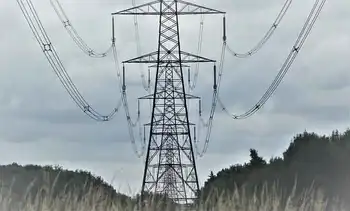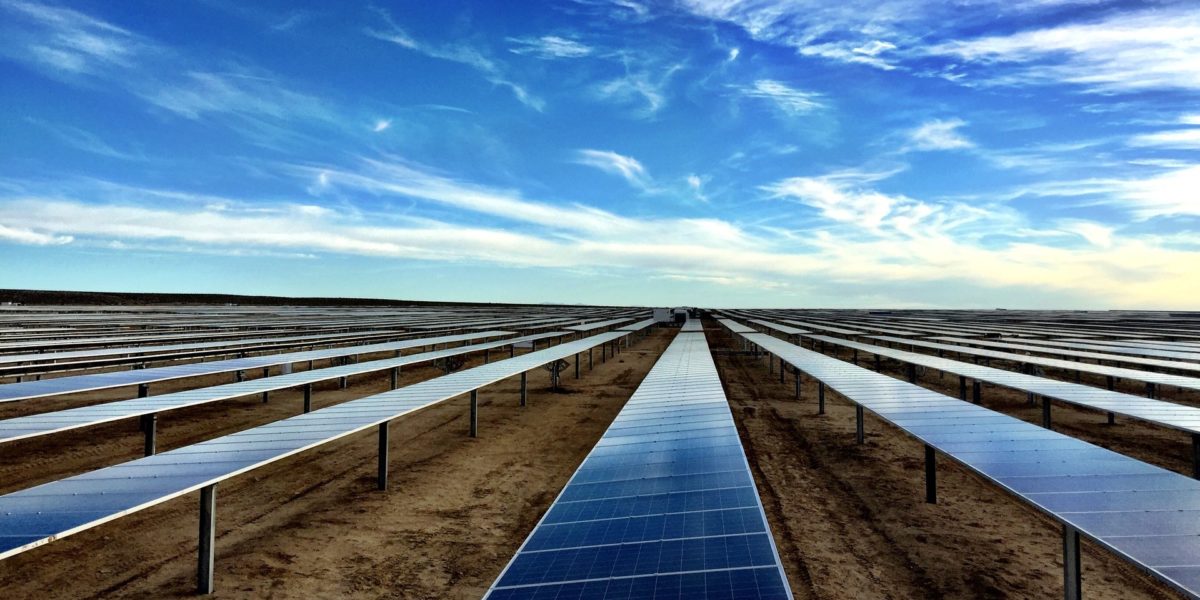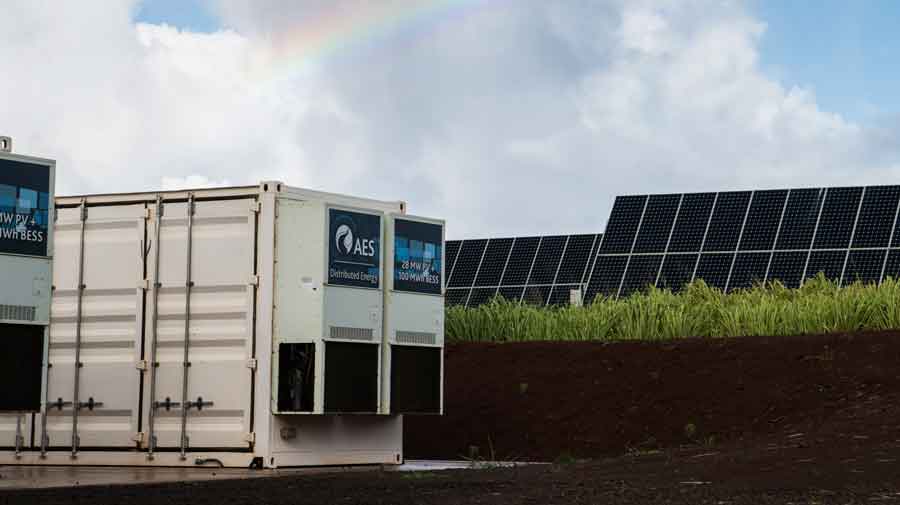Don't back down on wind turbines
By Toronto Star
Protective Relay Training - Basic
Our customized live online or in‑person group training can be delivered to your staff at your location.

- Live Online
- 12 hours Instructor-led
- Group Training Available
Such comments were among the hundreds submitted to the province last month in response to proposed regulations implementing the Green Energy Act and increasing the amount of power we get through renewable sources, such as wind.
While health and safety fears about wind turbines seem to be growing, solid evidence to sustain them is not.
One thorough study of available research, conducted by the Chatham-Kent public health department, categorically states: "Although opposition to wind farms on aesthetic grounds is a legitimate point of view, opposition to wind farms on the basis of potential adverse health consequences is not justified by the evidence."
This finding bolsters Ontario's decision to pursue more wind projects. But the province ought not to leave such research up to officials in individual municipalities, who face opposition from anti-wind activists every time a project is proposed in their jurisdictions. The local battles create uncertainty and delay – the very things the Green Energy Act was supposed to reduce.
For renewable energy to have a future in Ontario, public support and confidence in wind farms is essential. The province should lead the way by ensuring that Ontarians have access to the most up-to-date research on the impact of wind turbines on public health.
In April, the government said it would fund a university-based research initiative "to examine potential public health effects of renewable energy projects." But the initiative has not yet been launched. The province ought to make it a priority, with a special focus on wind turbines. That would ensure that Ontario's regulations governing wind turbines are based on the best possible evidence.
Right now, unfortunately, there are concerns that Ontario's proposed regulations for wind turbines are not grounded in science. Rather, the government appears to be attempting to placate an alarmist anti-wind lobby.
There are wind turbines operating – and meeting provincial noise guidelines – less than 500 metres away from homes; yet the province has proposed a greater minimum setback of 550 metres from dwellings and 125 metres from property lines, roads and railroads.
As proposed, the regulations would eliminate three-quarters of the wind turbine projects set for construction, according to wind energy advocates. If so, the regulations would undermine the Green Energy Act rather than support its implementation.
The province is currently reviewing the proposed regulations in light of the comments it has received from both pro- and anti-wind groups. Clearly the way forward is to adjust the regulations to facilitate the construction of wind farms while launching a study of the potential health effects to allay the opponents' concerns.











